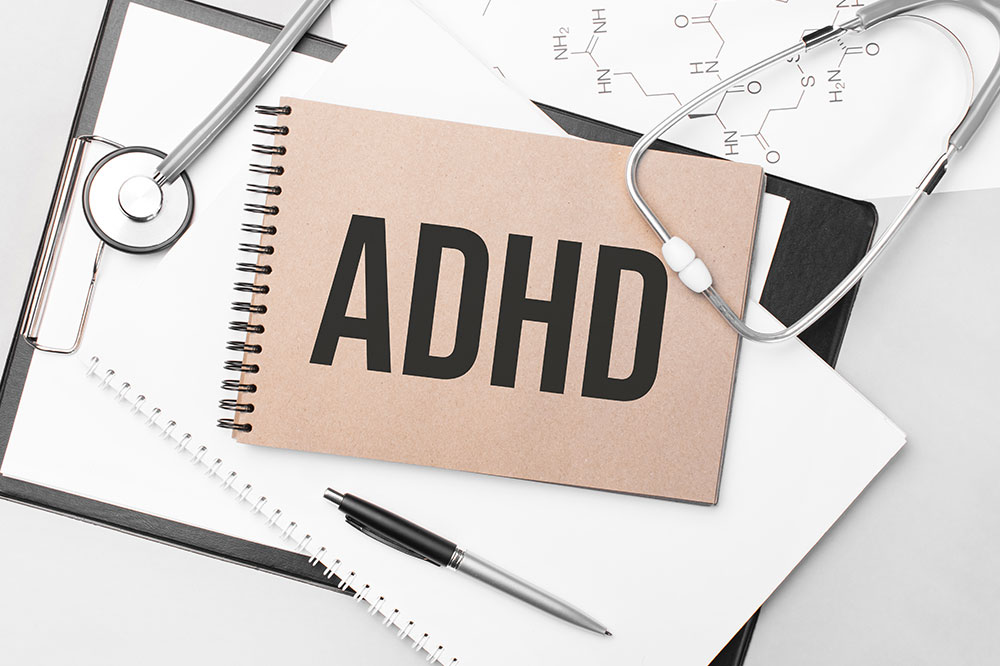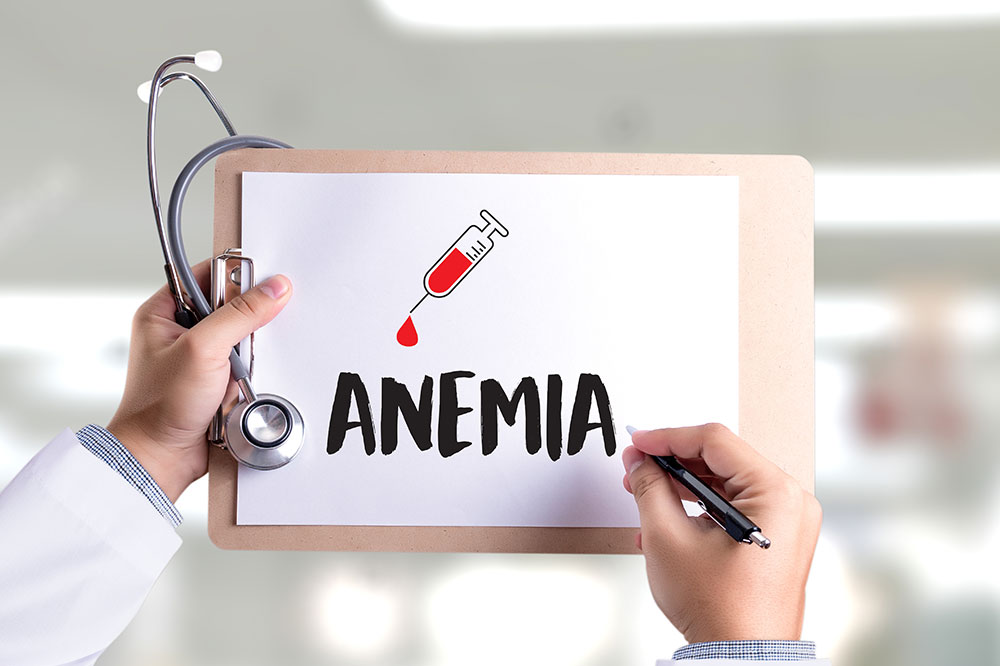A guide to the various stages and types of sleep disorders

Getting a good amount of sleep is fundamental to our health. Not getting sufficient sleep can have a grave effect on our physical and mental health. While most of us may not sleep simply because we are watching a show, there are some people who suffer from sleep disorders and cannot help it.
Stages of human sleep
Any kind of disturbance in the period or quality of sleep is known as a sleep disorder. Human sleep can be explained in the following stages:
- Stage 1
This stage is called non-rapid eye movement sleep. - Stage 2
This stage is the second stage of non-rapid eye movement sleep. It constitutes half of your sleep. - Stages 3 and 4
These stages see the person most deep in sleep and they account for approximately 10 to 20 percent of the sleeping period. They occur during the first half of the duration of sleep. - Stage 5
This stage is called the rapid eye movement stage (REM). It is in the stage that we see dreams.
The amount of time each person spends in each stage will differ as per their age.
Types of sleep disorders
Now let us take a look at some of the main types of sleep disorders:
- Insomnia
In insomnia, a person is unable to fall asleep. It is mainly caused due to stress. Insomnia may be chronic or transient. - Parasomnias
Parasomnias refer to unusual movements that may occur during sleep. Common examples are sleepwalking, sleeptalking, and bedwetting. - Apnea
This is a very serious disorder wherein the person suffering from it suddenly stops breathing while sleeping. This leads to disturbed sleep, as each time the person keeps getting breathless, they wake up from their sleep. - Narcolepsy
A person suffering from narcolepsy will suddenly fall asleep. This could be during any normal activity. For instance, a person suffering from narcolepsy can fall asleep while working or reading a book. Narcolepsy can also lead to sleep paralysis. Sleep paralysis is a condition where a person will find themselves paralyzed when they wake up.
Diagnosis of sleep disorders
If you have sleeping disorders, your doctor will ask you questions related to your health and inquire whether you have any symptoms for sleep disorders. Post this, your doctor will conduct the following tests:
- Sleep study
This test examines movements in the body, oxygen levels, and brain waves when the person is asleep. - Electroencephalogram
This test evaluates the brain’s electrical movements. - Blood tests
Certain sleeping disorders may be diagnosed with the help of blood tests.
Prevention of sleep disorders
It is always best to get medical help to treat sleeping disorders. But you can take certain steps to prevent this condition, such as
- Do not drink caffeine in the evening
- Exercise daily
- Maintain regular sleep timings
- Do not sleep in the afternoon
- Do not eat a heavy dinner
- Take a bath before dinner and sleeping will help you feel clean and relaxed
Now that you have a fair idea about sleep disorders, it is recommended that you follow the aforementioned preventive measures to ensure that you do not suffer from this problem in the future.
Besides following these preventive measures, one can also use weighted blankets from Gravity to optimize sleep. These blankets boost emotional well-being, optimize heart rate, and lower stress levels to improve sleep quality.






